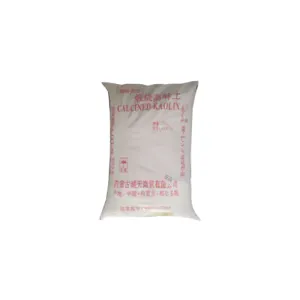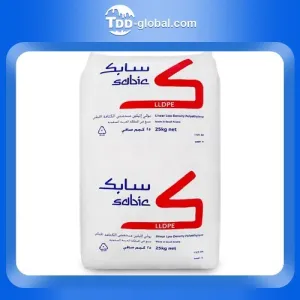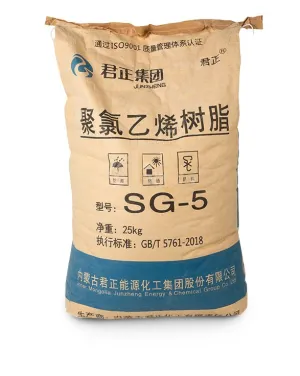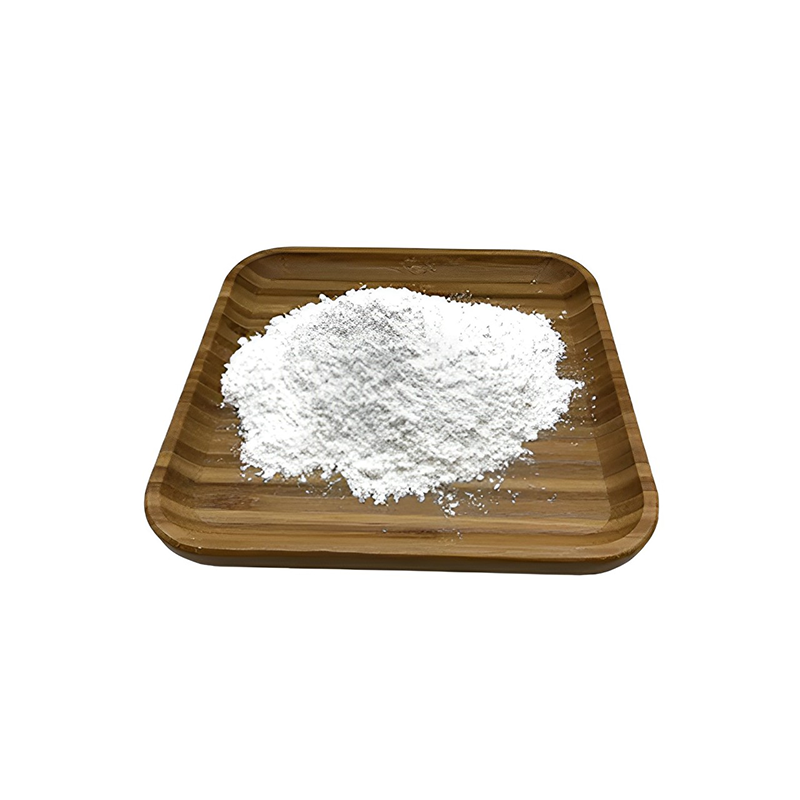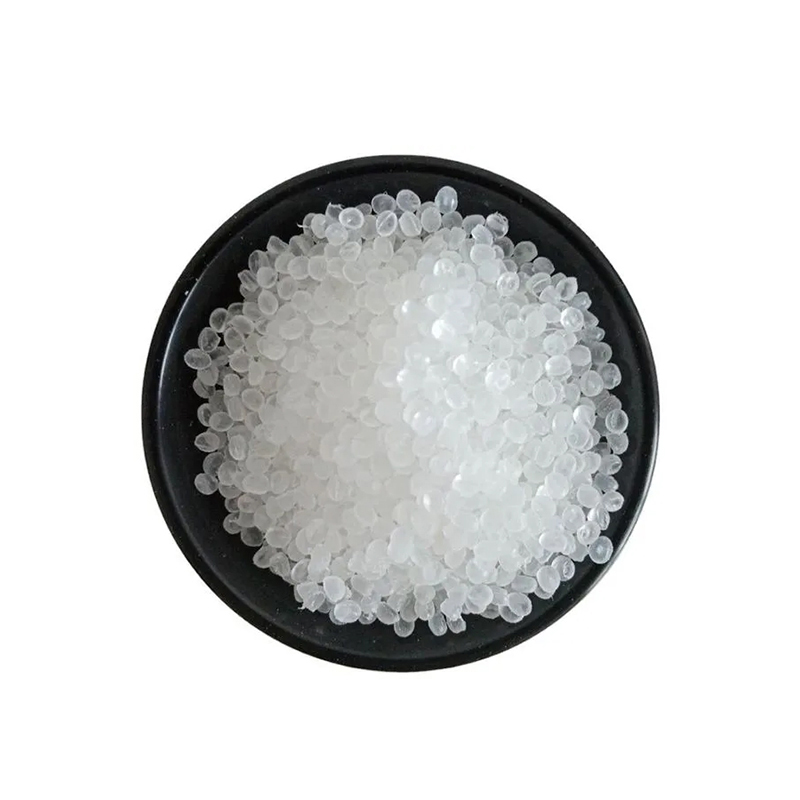What kind of glass can fly to the sky? Recently, in Qinhuangdao Star Arrow Special Glass Co., Ltd. (hereinafter referred to as "Star Arrow Company"), the reporter saw this kind of glass, which is only about 1/10 in thickness, but can provide special protection for spacecraft in space. What is even more surprising is that the bending strength of this glass is so high that it will not break even if it is folded in half.
The Shenzhou 18 manned spacecraft, which is about to return from the Chinese space station, "wears" more than 9000 pieces of this thin but tough "body armor." "from Shenzhou V to Shenzhou 18, every time Shenzhou flies into the sky, what we wear is a special 'coat' made by us." Lu Yong, chairman of Star Arrow Company, said proudly.
From the "Shenzhou" series of manned spacecraft to the "Chang'e Lunar Exploration Project" series of satellites, from the "Tiangong" series of space laboratories to the "Tianming-1" Mars probe, the Star and Arrow Company has successfully supported a number of major Chinese aerospace projects, and more than 15 million pieces of special glass have created a record without defects and quality errors. The "Hebei Smart Building" shining in space has clothed the spacecraft with the Chinese people's own "body armor."
"if glass wants to go up to heaven, it is as difficult as going to heaven."
In the space environment, aerospace glass covers the outer surface of spacecraft battery array and important instruments and equipment, which requires that it can not only effectively shield the radiation of high-energy particles and harmful rays, but also have high light transmittance and as thin as possible. The production of this kind of glass is equivalent to creating a special "coat" of the crystal version for the spacecraft. Therefore, there is a jingle in the aerospace glass industry, "if glass wants to go to heaven, it is as difficult as going to heaven."
"radiation resistance is the core problem to be solved, but it contradicts weight loss. To lose weight, it is necessary to reduce the thickness per unit area, which will result in insufficient radiation resistance and fragile products. At the same time, it is also necessary to ensure that it will not be affected under the condition of instantaneous temperature alternation of 200 ℃ above zero and 180 ℃ below zero. " Lu Yong was filled with emotion when he mentioned the difficulties he had overcome all the way.
Special glass has to go through more than 30 processes from research and development to production, such as formula preparation, melting, annealing, cutting, grinding and so on, and the standard of glass cover required for aerospace production is higher. In order to solve the problem of anti-radiation and balance the technical requirements of "fighting with each other", no matter which process has to go through numerous failures.
The R & D team starts with the formula, samples are tested in a small experimental furnace, the best formula is found, and then the sample is produced. Due to lack of funds, they can not buy relevant testing equipment, can not simulate the ultra-low temperature, strong radiation environment in space, they can only send samples to customers for testing, and then improve the products according to the data obtained.
In this way, failure after failure, experiment after experiment, breakthrough after breakthrough. After repeated exploration, Xingjian Company finally developed China's leading radiation-resistant glass manufacturing process. In 2003, the product was successfully equipped with China's first manned spaceship, Shenzhou V, and has since been widely used in China's aerospace series of major projects.
"embroidery on the hair and carving on the tip of the needle"
With the development of China's aerospace industry, spacecraft have higher and higher requirements for this kind of "body armor". Star Arrow Company is determined to overcome the difficulties, even if a piece of glass lost 0.03g, the Chinese space station a total of 400000 pieces of such glass, the cumulative weight loss of 12 kilograms.
To lose weight, the glass must be thinned again. First, by improving the process, the thickness of the glass cover was reduced from 0.1 mm to 0.03 mm. But still not satisfied, in October 2022, Star Arrow Company began to develop 0.01 mm ultra-thin high temperature resistant optical glass.
0.01mm is about 1/10 of the diameter of the hair, which is equivalent to embroidery on the hair, the difficulty can be imagined. Lu Yilin, the general manager of the company, leads the team to continuously optimize the formula, adjust the ion replacement temperature and improve the high temperature resistance of the glass. By improving the fine grinding and polishing process, the thickness of high temperature resistant optical glass is finally reduced to 0.01mm, and the product can withstand 800℃ high temperature, setting a new industry record.
At the beginning of 2023, Star Arrow developed 0.009 mm ultra-thin high temperature resistant optical glass. It is as thin as cicada wings, but as strong as armor, and can withstand an instant high temperature of 1200 ℃, making it another major breakthrough in the field of optical glass in China.
From breaking 0.1mm to 0.01mm and then to breaking 0.009 mm, the scientific research team of Star Arrow Company continues to break the ultra-thin record of special optical glass, and their more than ten products break the foreign monopoly and become the leading force in the field of international aerospace glass.
"what the state needs, I will do it."
Walking into the melting workshop of Star Arrow Company is like coming to a magic scene: the blended silicon material is put into the furnace and after 30 hours of melting, it becomes a piece of crystal glass. "it may come as a surprise to many people that since its establishment in 2000, our company has not introduced foreign equipment or purchased foreign technology. From the construction of the kiln to the glass formula, I fumbled out little by little. " Lu Yilin said quite proudly that the company has 245 R & D and production teams and 25 core researchers, most of whom do not have a professional background and learn at the same time. In order to improve the technical level in an all-round way, the company invests 7% of its sales revenue every year in research and development.
Relying on independent innovation, Star Arrow Company has gradually grown from a small family workshop enterprise to the only qualified supplier of radiation-resistant glass cover for space use by China Aerospace Science and Technology Group and a new "Little Giant" enterprise specialized by the Ministry of Industry and Information Technology. At present, the company has 12 invention patents and 2 utility model patents.
"Only by firmly grasping the core technology in your own hands can we truly grasp the initiative in competition and development." Lu Yong still has a deep memory of breaking the foreign monopoly of secondary surface mirror glass substrates. In the past, this kind of glass had to be imported from abroad at a price of more than 300 yuan per piece. Not only was the price expensive, but the quality was difficult to guarantee. The scientific research team of Star Arrow Company conducted repeated experiments from formula to manufacturing process, and finally the research and development was successful, solving the problem of "stuck necks" abroad. This important scientific and technological innovation was released in Beijing in 2010, and since then, this glass substrate has been mass-produced domestically. "At that time, the aerospace experts attending the meeting held my hand tightly and said that there was finally no need to import, and our country was confident." Lu Yong said that the price of Star Arrow's products per piece is more than 30 yuan, which is only one-tenth of that of similar foreign products. So far, it has saved a total of 500 million yuan for the country.
On November 1, 2018, General Secretary Xi Jinping presided over a symposium on private enterprises, and Lu Yong was one of the speakers. Recalling the scene at that time, Lu Yong was still excited."We must always maintain the passion for entrepreneurship, persist in innovation, and help China's spacecraft fly higher and farther. If the country needs it, I will do it. No conditions, no cost."

